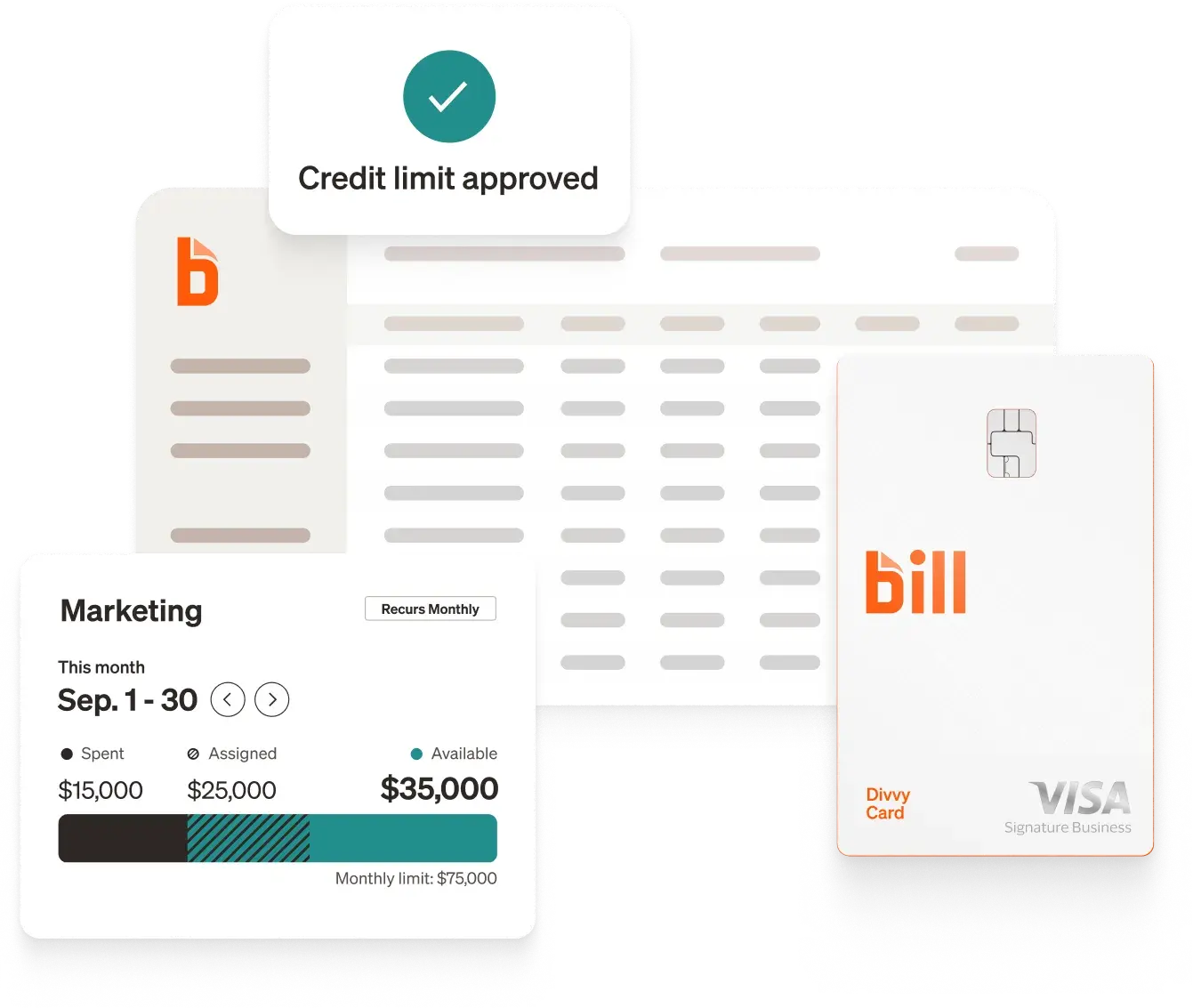The key to successful treasury management often comes down to one capability: knowing where your cash will be tomorrow, next week, and next quarter. Cash forecasting transforms uncertainty into strategic clarity, giving treasury professionals the insights they need to optimize liquidity, minimize borrowing costs, and seize growth opportunities.
This article walks through the complete process of cash forecasting: what it is, why it's important, and how to use cutting-edge technology to do it more effectively.
What is cash forecasting in treasury management?
Cash forecasting in treasury management systems estimates future cash inflows and cash outflows to predict an organization's cash position over specific periods. It forms the foundation of cash flow planning and risk management, helping treasury professionals anticipate cash needs, optimize investments, maintain credit facilities, and uncover cash flow patterns in cyclical operations.
The process analyzes historical cash patterns, current commitments, and expected transactions to create a comprehensive liquidity view. Treasury teams use forecasts to guide investment decisions, debt management, and working capital optimization across multiple time horizons, from daily operational forecasts to annual strategic projections.
Modern cash forecasting incorporates modeling techniques, scenario analysis, and real-time data integration with bank accounts and accounting software to provide daily cash positioning and dynamic insights that adapt as conditions change.
Why is cash forecasting important in the treasury?
Accurate cash forecasting directly impacts financial stability and operational efficiency. Without accurate forecasts and cash flow projections, companies risk liquidity crunches that disrupt operations, damage supplier relationships, and force expensive emergency borrowing.
Optimizing cash deployment
Knowing when cash surpluses will occur helps treasurers maximize returns through strategic investments rather than leaving funds in low-yield accounts. Anticipating shortfalls helps them arrange credit ahead of time, at favorable terms, avoiding costly last-minute financing.
Managing risk proactively
Treasury professionals use the forecasting process to identify liquidity risks before they materialize, so they can implement appropriate hedging strategies. This approach protects organizations from volatility and maintains stakeholder confidence.
Enhancing strategic decisions
Executive teams rely on treasury forecasts to evaluate expansion opportunities, approve capital investments, and set dividend policies. Comprehensive forecasting promotes improved cash management through data-driven decisions that are aligned with the company's financial capacity.
How to create cash forecasts and projections
Creating cash forecasts requires a structured approach that combines data analysis, business intelligence, and treasury expertise.
Gather and analyze historical data
Start with 12-24 months of historical cash flow data, categorizing inflows and outflows by type, source, and timing. This analysis reveals seasonal trends, payment cycles, and volatility patterns.
Focus on recurring patterns like monthly payroll, quarterly taxes, or seasonal sales fluctuations that significantly impact cash positions.
Identify and categorize cash flows
Organize cash flows by predictability and timing:
- Fixed flows (loan payments, rent, salaries) offer high certainty and form the forecast baseline
- Variable flows (cash receipts, discretionary spending) require modeling based on business drivers and patterns
- One-time flows (capital expenditures, tax refunds) should be segregated to avoid distorting operational forecasts
Select appropriate forecasting methods
Match methods to horizons and cash flow types:
- Direct forecasting (4–8 weeks): Uses known payment schedules and confirmed receipts for near-term accuracy
- Indirect forecasting (longer-term): Models cash flows from projected revenues, expenses, and working capital changes
- Statistical methods: Regression analysis and time series modeling identify trends and seasonality
Build scenario models and sensitivity analysis
Develop base, optimistic, and pessimistic scenarios reflecting different business outcomes. Sensitivity analysis identifies which variables most impact cash positions, focusing monitoring efforts on critical drivers.
Monte Carlo simulations can provide probability distributions for cash positions, offering nuanced views beyond single-point estimates.
Implement rolling forecast processes
Weekly or monthly updates incorporate actual results and adjust for changing conditions while extending the forecast horizon. This iterative approach refines models continuously, improving accuracy while providing current insights.
Establish variance analysis and continuous improvement
Compare actual cash flows against forecasts to identify systematic biases and understand the causes of any deviation. Then, document the lessons learned and incorporate these insights into future cycles.
Tracking metrics around the accuracy of the model itself can identify key areas to focus on and help demonstrate improvement in the model over time.
How treasury professionals can leverage automation
Automation revolutionizes cash forecasting, transforming processes that once took days into tasks completed in minutes with improved accuracy.
Eliminating manual burden
Automated solutions integrate directly with accounting software and ERP systems, eliminating manual tasks around gathering and consolidating data. This real-time integration ensures that forecasts reflect current information while reducing the risk of human error.
Enhancing accuracy through machine learning
Algorithms can identify complex patterns in historical data, continuously learning and adjusting models to reflect changing business patterns and trends. Predictions adapt dynamically without constant manual intervention.
Enabling sophisticated modeling
Treasury teams can instantly generate multiple scenarios, test assumptions, and visualize decision impacts on future cash positions. This transforms forecasting from backward-looking reporting into forward-looking strategy.
BILL's automated solution
With BILL Cash Flow Forecasting, your finance team can predict future cash flow, uncover trends and opportunities, and make business decisions with confidence.
- Cash flow dashboards for Cash In and Cash Out, Net Cash Flow, and Cash Balance, through a direct sync to QuickBooks Online
- Forecasts for up to 13 months with historical accounting data and predictive modeling, such as hiring new employees
- Compare budgets against actual cash flow, and explore key accounts, including payroll, AP, office rent, and taxes
- Align dashboards with the way you manage your fiscal year using monthly, quarterly, or annual views
- Create as many charts as you need to visualize data, such as Utilities or Customer Acquisition Costs, and see the associated line items, too.







